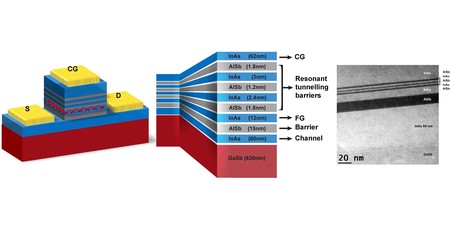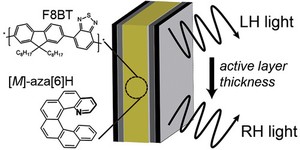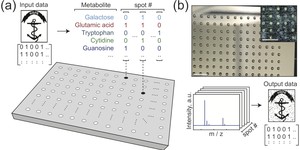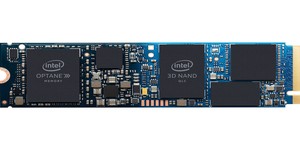Lancaster Uni researchers find 'holy grail' universal memory tech
June 21, 2019 | 11:34
Companies: #lancaster-university

Researchers at Lancaster University claim to have made a 'holy grail' discovery in the push towards a 'universal memory' model of computing: Low-voltage non-volatile memory which is claimed to draw less than 100 times the energy of traditional dynamic RAM (DRAM).
The overwhelming majority of modern computer systems have a clear divide between memory and storage, even in the world of solid-state drives (SSDs) based on NAND flash memory: Data is stored on relatively slow non-volatile storage, loaded into faster volatile RAM for processing, then saved back to the non-volatile storage. Not only is this approach relatively slow, but it also carries risk of losing data under active processing in the event of crash or power loss and draws considerable power: The most common form of volatile memory, dynamic RAM (DRAM), needs frequent refreshing or it forgets what it's supposed to be storing; static RAM (SRAM), which doesn't need these refresh cycles, is lower-power and typically faster but, unfortunately, more expensive.
The model of 'universal memory,' though, promises considerable improvements. Currently under development at companies ranging from HP to Intel - the latter having worked with Micron on a high-performance non-volatile replacement for DRAM dubbed 3D XPoint and commercialised as Optane - a true 'universal memory' system would have capacious non-volatile storage as fast as today's volatile DRAM. With this, data could be processed where it sits - doing away with the slow process of reading data from storage into working memory and back again - while the system as a whole would draw considerable less energy and even survive a complete loss of power without data loss.
A team led by Lancaster University Professor Manus Hayne claims to have made a major breakthough in finding hardware that can act as a universal memory, potentially throwing Intel-Micron's 3D XPoint into a head-to-head competition to be the first to produce a truly universal-memory-based system.
'Universal memory, which has robustly stored data that is easily changed, is widely considered to be unfeasible, or even impossible, but this device demonstrates its contradictory properties,' claims Professor Hayne of his team's work. 'The ideal is to combine the advantages of both [DRAM and flash memories] without their drawbacks, and this is what we have demonstrated. Our device has an intrinsic data storage time that is predicted to exceed the age of the universe, yet it can record or delete data using 100 times less energy than DRAM.'
The team's 'holy grail' creation: An oxide-free, floating-gate memory cell which boasts non-destructive read capabilities and long-term storage at room temperature. The key: Low-voltage operation and small capacitance, which the research team claims results in a switching energy per unit some 100 to 1,000 times smaller than DRAM and flash memory respectively.
'The contradictory requirements of non-volatility and low-voltage switching, are achieved by exploiting the quantum-mechanical properties of an asymmetric triple resonant-tunnelling barrier,' the team explains. 'The compact configuration and junctionless channel with uniform doping suggest good prospects for device scaling, whilst the low-voltages, non-volatility and non-destructive read will minimise the peripheral circuity required in a complete memory chip. These devices thus represent a promising new emerging memory concept.'
The researchers' paper, 'Room-temperature Operation of Low-voltage, Non-volatile, Compound-semiconductor Memory Cells,' is published for open access in the journal Scientific Reports; it does not, however, discuss a roadmap to production, though the technology has been patented in the US ahead of potential commercialisation.

MSI MPG Velox 100R Chassis Review
October 14 2021 | 15:04








Want to comment? Please log in.